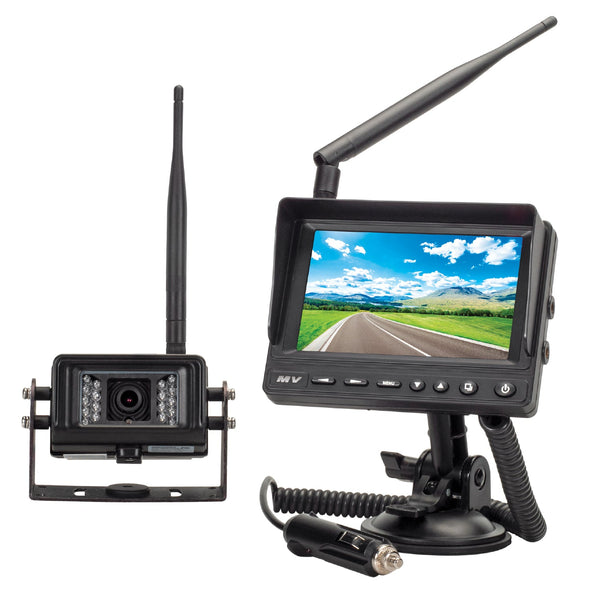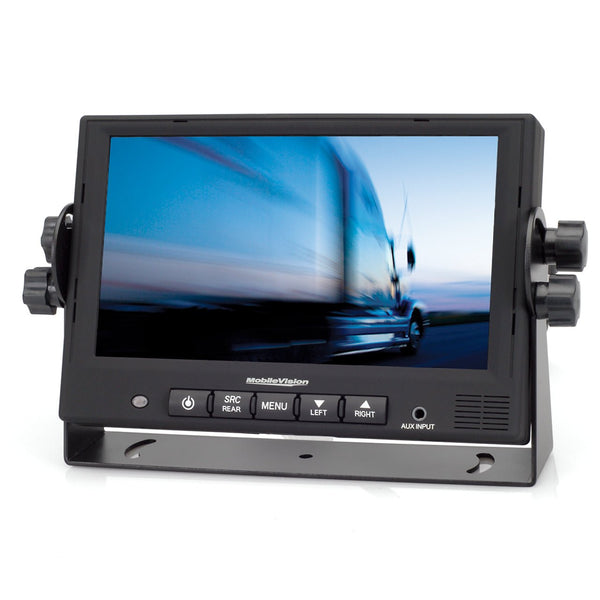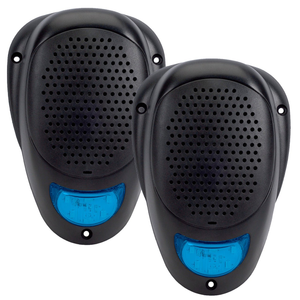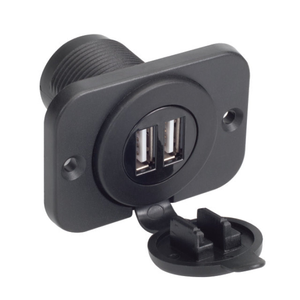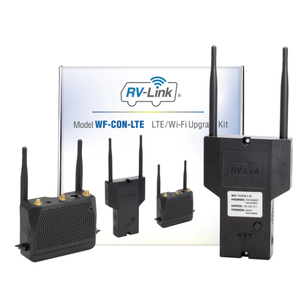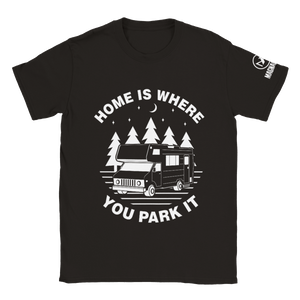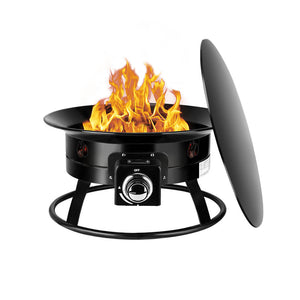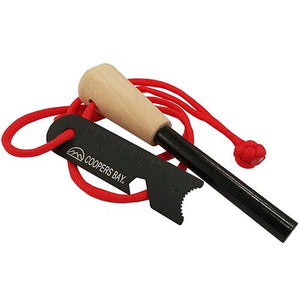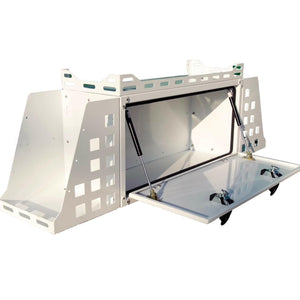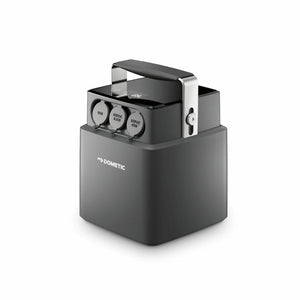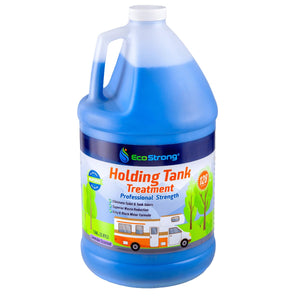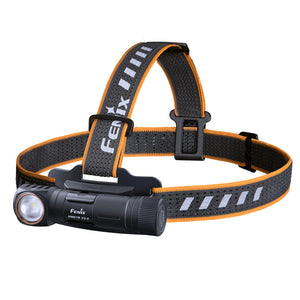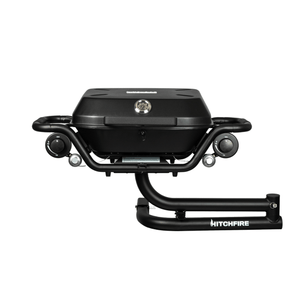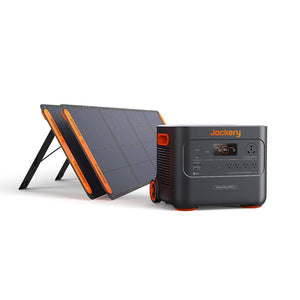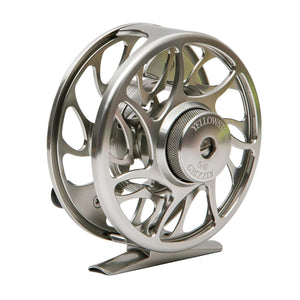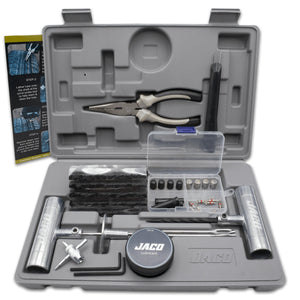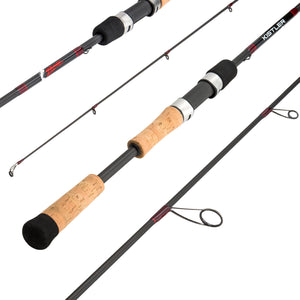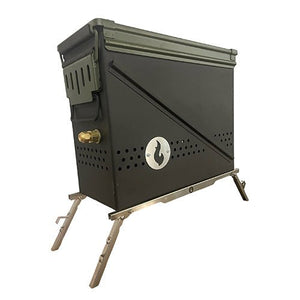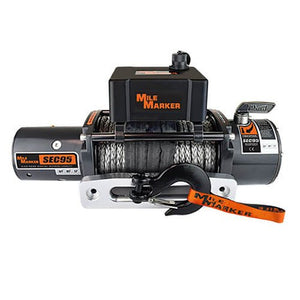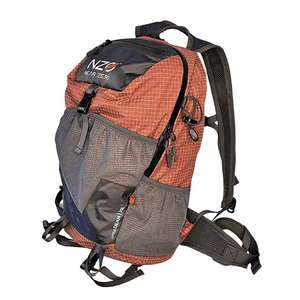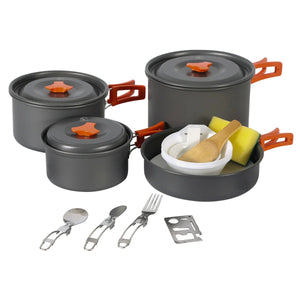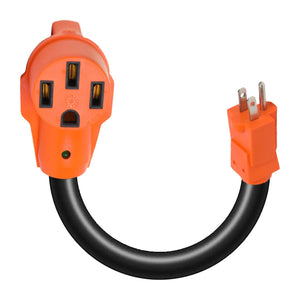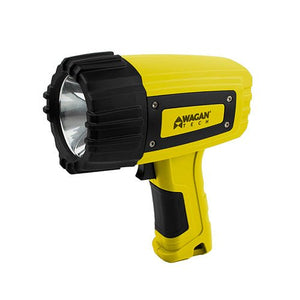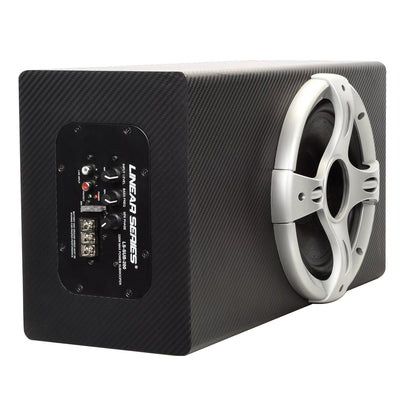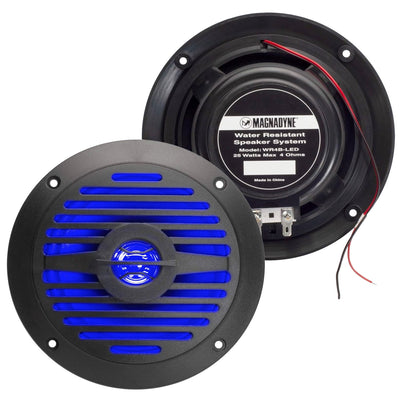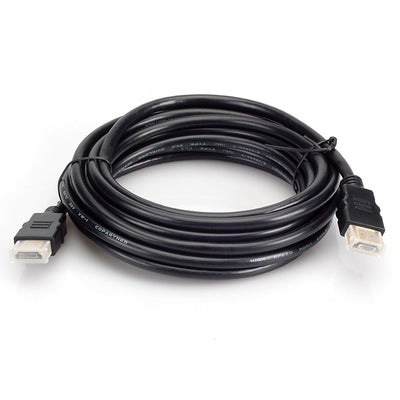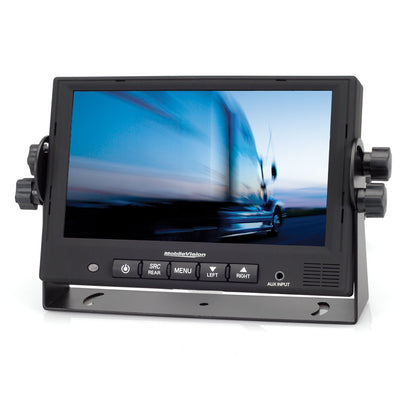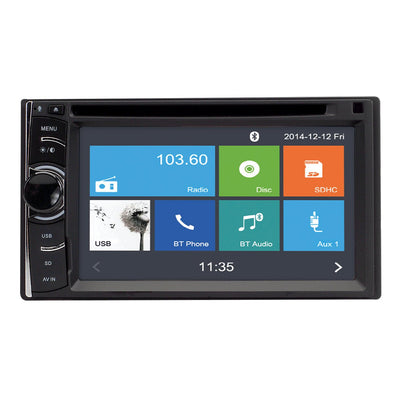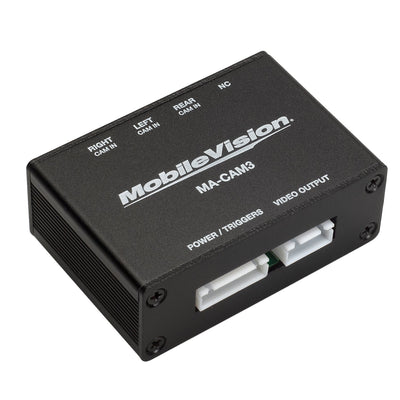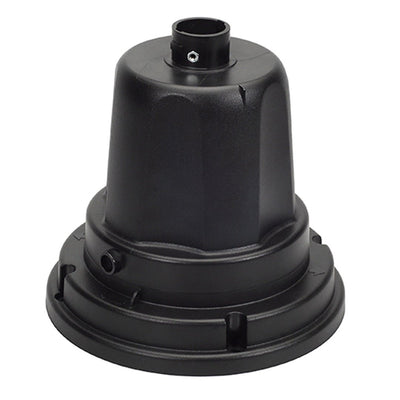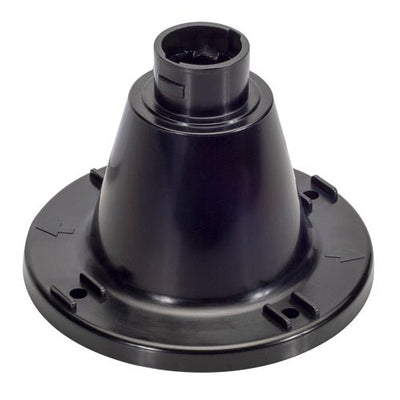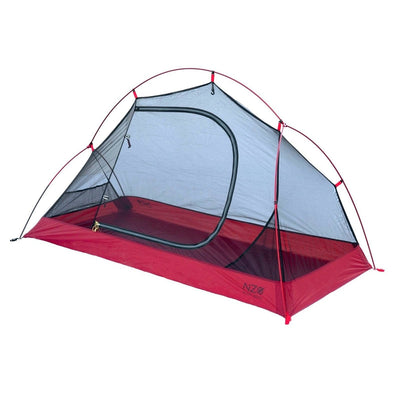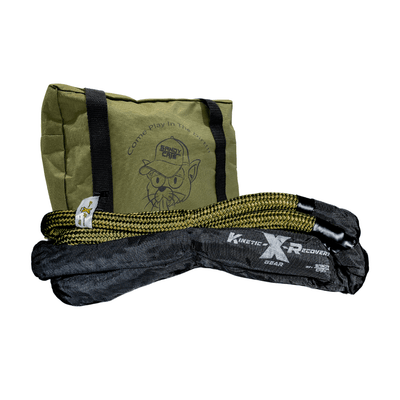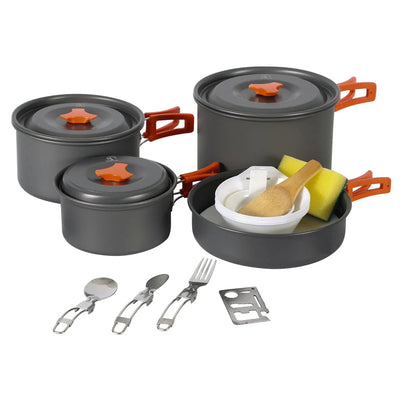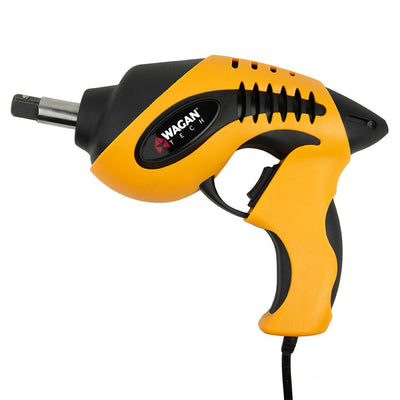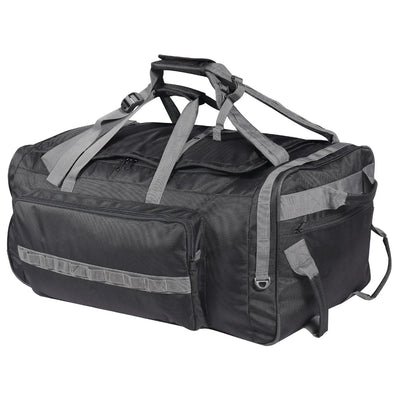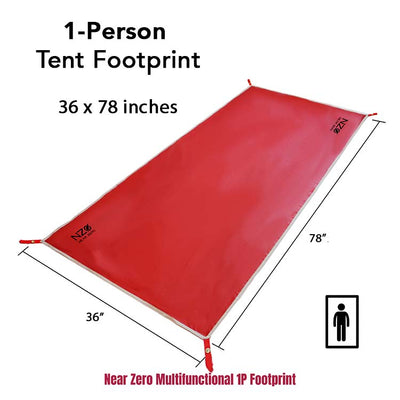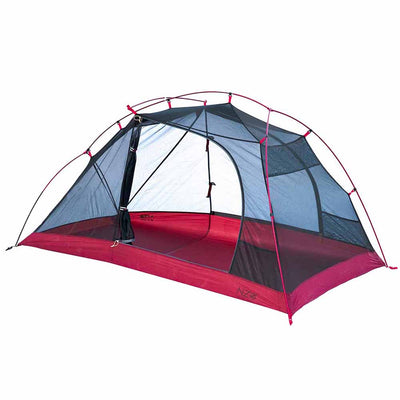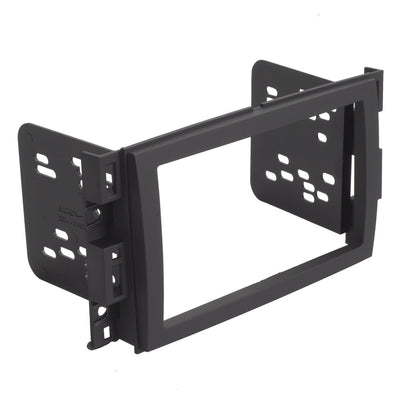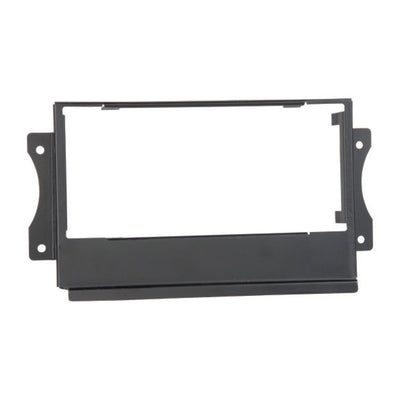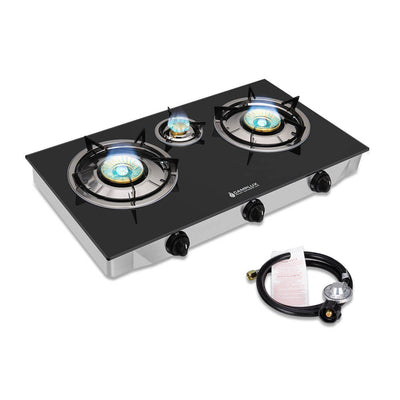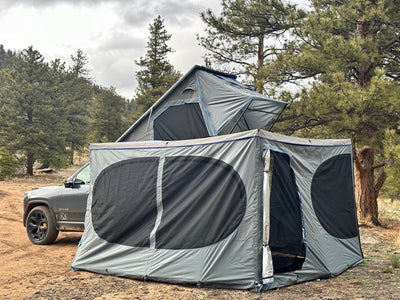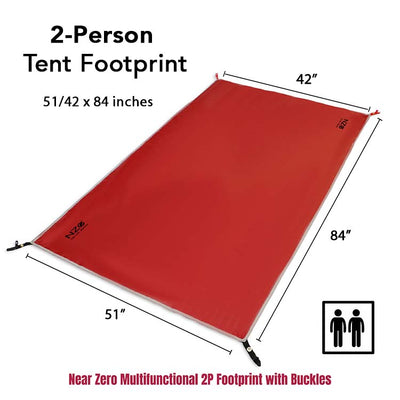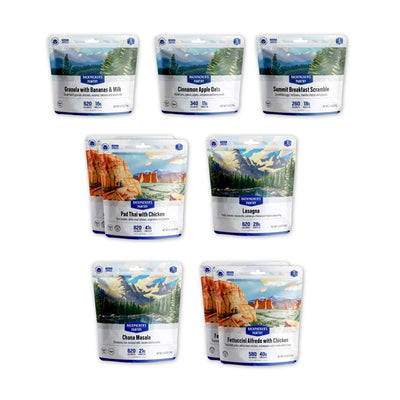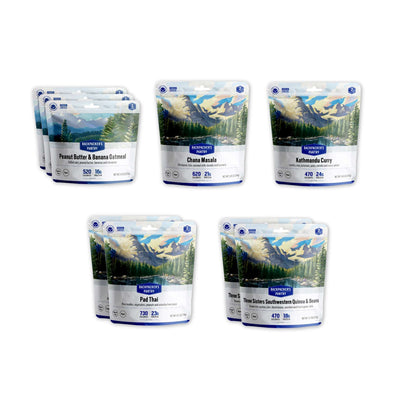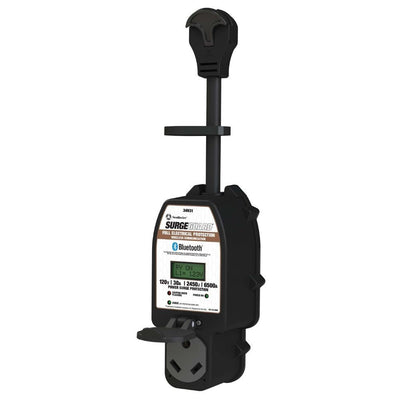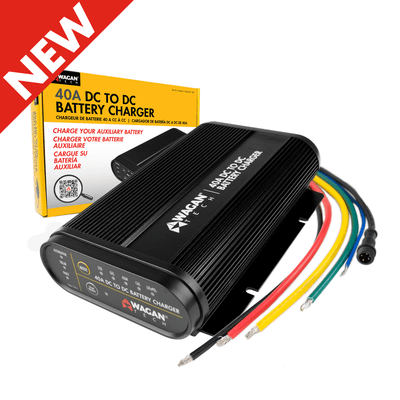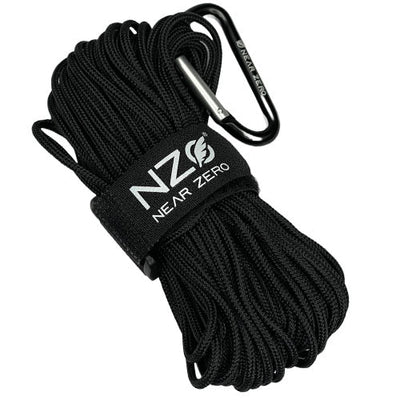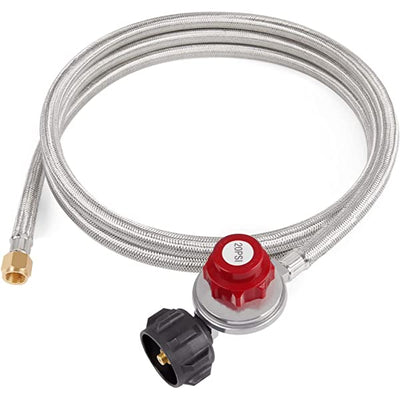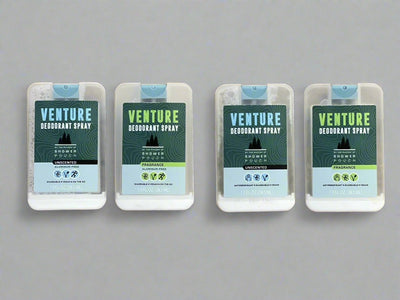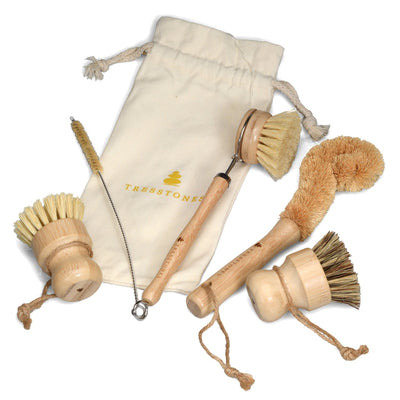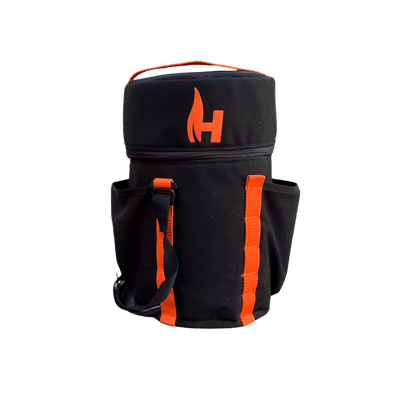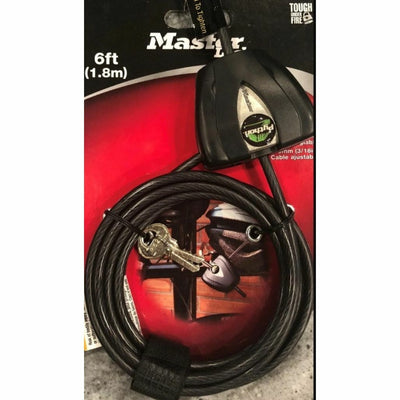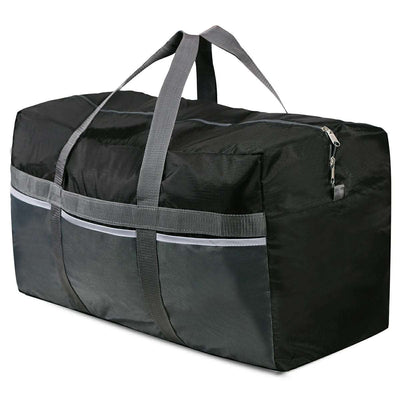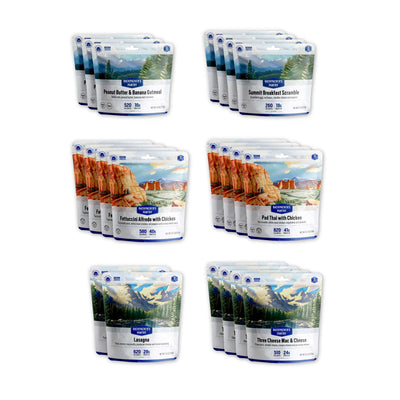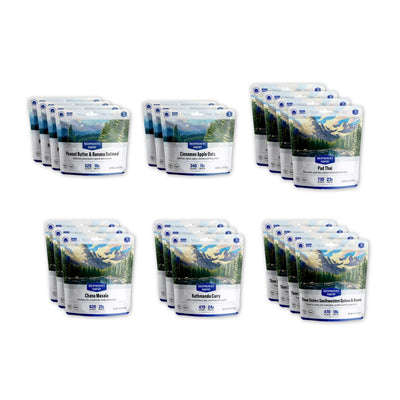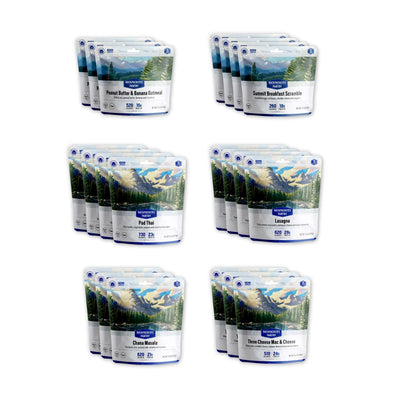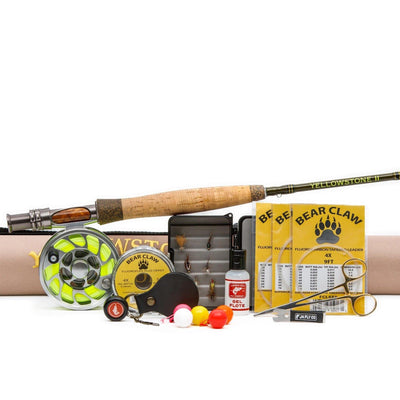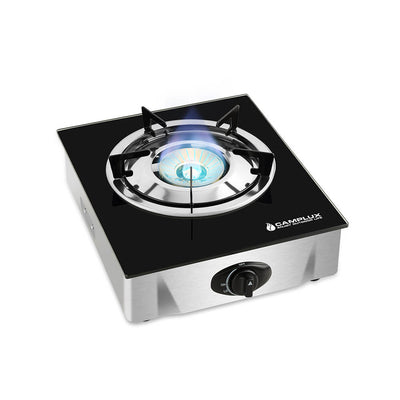Overlanding alone is an exhilarating experience that offers profound personal growth, a deepened connection with nature, and the ultimate test of self-reliance. If you’re planning to embark on a solo overlanding adventure this summer, here’s a comprehensive guide to ensure you’re well-prepared, safe, and ready to enjoy every moment.

1. Planning Your Route
Choosing your route is perhaps the most exciting part of preparing for your solo overlanding trip. When selecting your destination, consider the following:
Accessibility: Ensure the areas you plan to visit are suitable for solo travelers and that you can manage the terrain with your vehicle.
Safety: Research the safety of the areas you'll be exploring, including wildlife activity, weather conditions, and any travel advisories.
Resources: Plan routes where you have access to essential resources such as water, fuel stations, and emergency services if needed.
Using apps like Gaia GPS or onX Offroad can help you map out your route and stay on track.
2. Vehicle Preparation
Your vehicle is your lifeline on an overlanding trip, more so when you’re alone. Make sure it’s in top condition with a thorough check-up that includes:
Tires: Ensure they are suitable for the terrain and in good condition.
Fluids: Check oil, coolant, and other essential fluids.
Spare parts: Carry essential spare parts and tools for common issues like flat tires or battery problems.
Recovery gear: Include recovery straps, a winch, and traction boards, especially if you’re traveling in muddy or sandy areas.
3. Packing Essentials
Packing smart is crucial for a solo trip. You want to be prepared without overloading your vehicle. Essentials include:
- Navigation tools: A reliable GPS device, physical maps, and a compass.
- Communication devices: A satellite phone or a GPS communicator like Garmin inReach for emergencies.
- Basic survival kit: First aid supplies, a multi-tool, fire-starting materials, and an emergency blanket.
- Food and water: Pack non-perishable food and plenty of water, plus a portable water filter.
4. Safety First
When you're alone, safety must be your top priority:
Check-in protocol: Arrange to check in regularly with someone back home with your location and status.
Wildlife encounters: Know how to handle potential wildlife encounters, which could include carrying bear spray or knowing how to secure your campsite.
Health precautions: Bring medications, sunscreen, and insect repellent; know basic first aid.
5. Making the Most of Solitude
Solo trips are an opportunity for introspection and connection with nature. Here are a few tips to enjoy your solitude:
Keep a journal: Document your experiences and reflections.
Photography: Take the opportunity to photograph the landscapes and moments of your journey.
Relax and unwind: Bring along books, music, or podcasts that you can enjoy in your downtime.
6. Leave No Trace
It’s vital to maintain the integrity of the places you visit:
Pack out all trash: Keep the environment clean by carrying all your waste until you can dispose of it properly.
Use existing campsites: Minimize your impact by using areas already disturbed by human activity.
Solo overlanding can be a deeply rewarding experience that not only tests your resilience but also enhances your appreciation for the world around you. With careful planning, thorough preparation, and a respect for nature, your solo journey could be one of the most memorable adventures of your life. Embrace the challenge, and you'll discover not just new landscapes, but new aspects of yourself.










